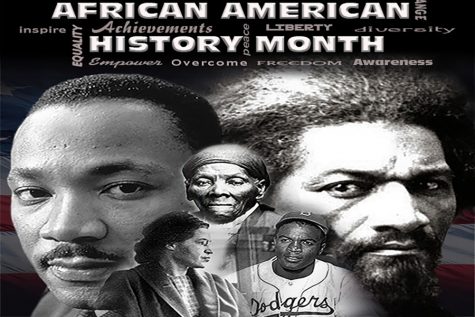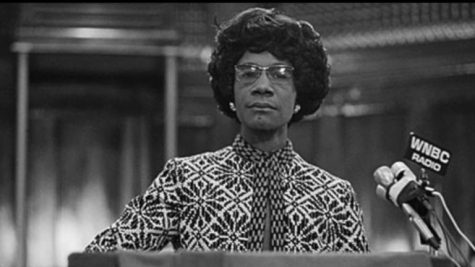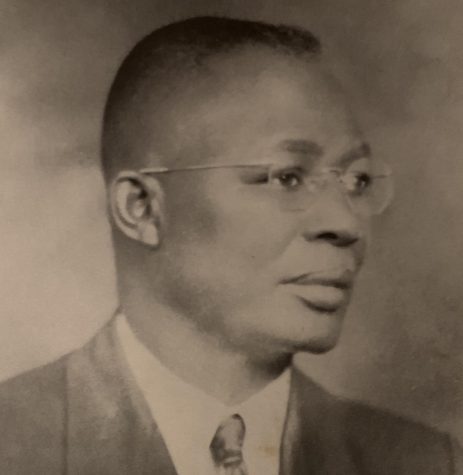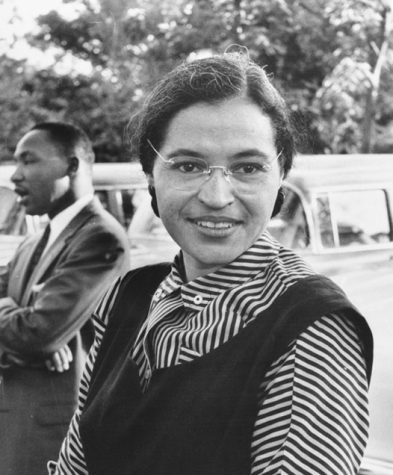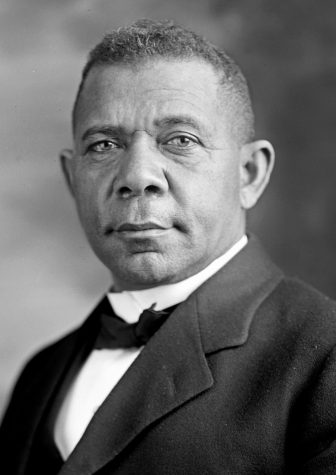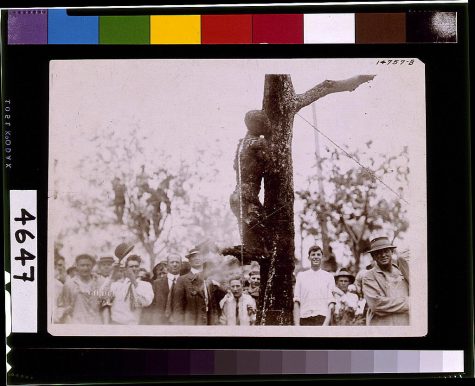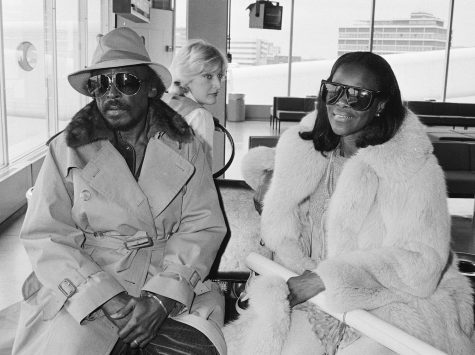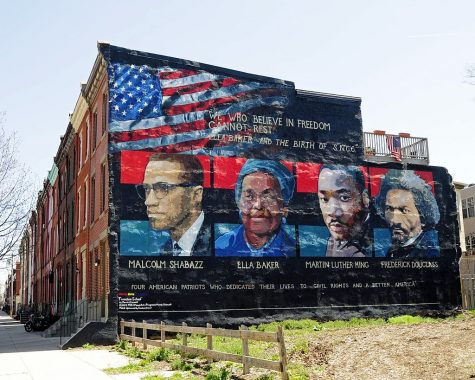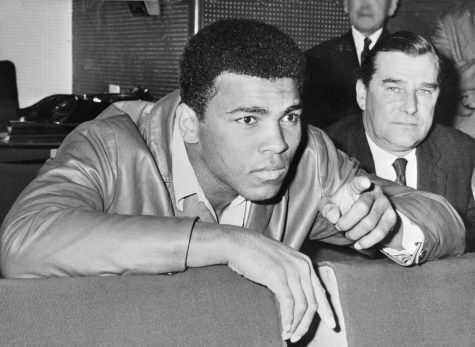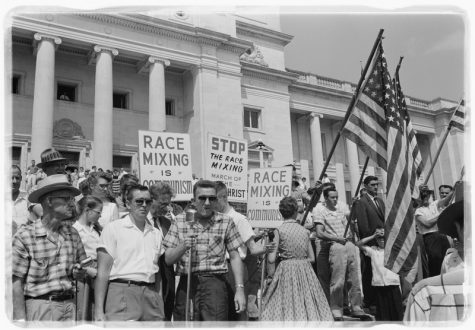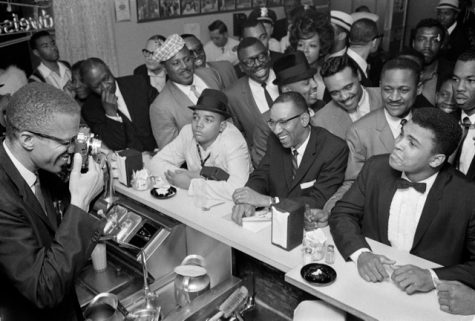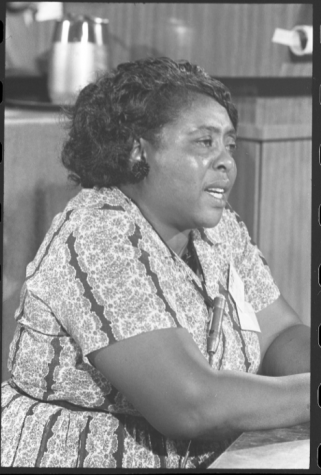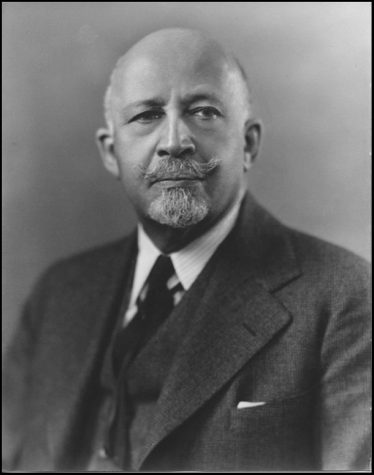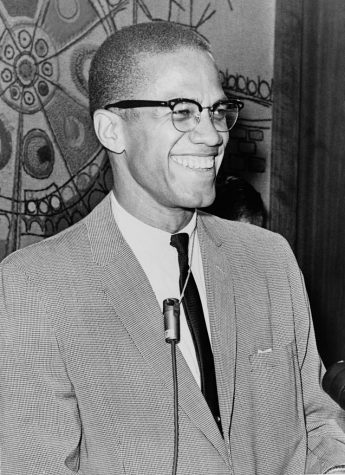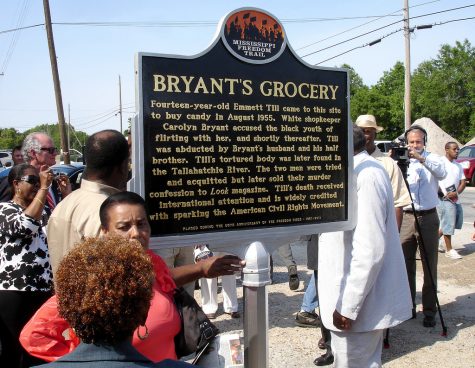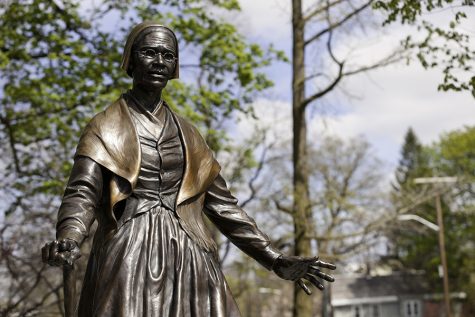The Story of Emmett Till
Emmett Till’s death sparked a painful yet critical message in the Civil Rights Movement.
Racism in society was a large cause in the terrorizing of black people, but society doesn’t talk about how children were and still are affected by racism. Although many movements such as the Black Lives Matter movement heavily emphasize the importance of preserving the lives of modern black youth, it is important to give light to stories of racial violence of children.
Emmett Louis Till was born on July 25th 1941 in Chicago, Illinois to Mamie and Louis Till. Till was described as a joyful young boy who was quite the entertainer. Till loved to be the center of attention, but this case gave him negative attention that he didn’t deserve.
In August 1955 Till took a trip to Money, Mississippi to go visit some of his relatives. Till’s mother felt it was imperative to warn him about how Till’s admirable character wouldn’t be well-received by racist whites in the South like it was accepted in the North.
Four days before his murder Till joined a group of boys to go to the supermarket that Carolyn Bryant, a 21-year-old physically beautiful white womanwho worked as a cashier for her husband’s store, worked at.
Witnesses claimed that Till wolf-whistled at Bryant, while others claimed that he physically and verbally flirted with her.
Four days later on August 28, 1955, Till was abducted by Roy Bryant, Mrs. Bryant’s husband, and Mrs. Bryant’s brother-in-law at about 2:30 in the morning. They tied Till up in a back in the pickup truck while they pistol-whipped him until he was unconscious.
Nobody knows what went on in the shed that Till was brutally mutilated and killed at except Till, and the Bryant brothers. In the end, Till was mutilated to an unrecognizable point. He was thrown in a nearby river with a cotton-gin fan around his neck. His eyes were gouged out and he was completely naked with only a ring with his father’s initials identifying him.
Till’s death occurred one month after his 14th birthday.
While preparing for Till’s funeral his mother refused to have a doctor fix Till’s body and ordered an open casket so that people could see what was done to her son.
At that time Black people were barred from serving on a jury, which set things up for an unfair trial. Although evidence proved the Bryant brothers’ guilt, they were acquitted by an all-white, all-male jury.
In 1956 Bryant and Milam admitted to killing Till, but were not charged due to double jeopardy laws. Carolyn Bryant, who had accused Till of inappropriate conduct (touching her hand and whistling at her) which led to the killing of Till, later, in 2007, recanted her story and admitted that Till had not grabbed her.
Till’s death sparked outrage and new support for the civil rights movement. The NAACP honored Till’s life, and it is believed that Rosa Park’s heroic actions were inspired by Till’s experience.
Till’s death sparked a conversation about adultification in black youth. This implies that black children are more likely to be treated as adults in conflicting situations. In contrast, white kids or more likely to misbehave or commit crimes and be met with sympathy or maintain their rightful innocence.
Till’s death also sparked conversations about the danger of a white female racist who uses her stronghold on society to put black men in danger by falsely accusing them of violent acts because they know that they will be taken seriously as any victim should.
You may see this trend in movies such as To Kill A Mockingbird, Mandingo, Central Park 5, or Get out.
The undefeated.com explains this in their article.
Till’s brutal death played a large part in conversations that need to be had in the civil rights movement, but the main message that spread throughout the nation was about how black youth needed to be protected. This is a message that still holds weight to this day.

Daryn O'Neal is a senior who serves as the this year's Column editor. She loves to Dance, shop, and visit any and every restaurant life as to offer.
Favorite...
